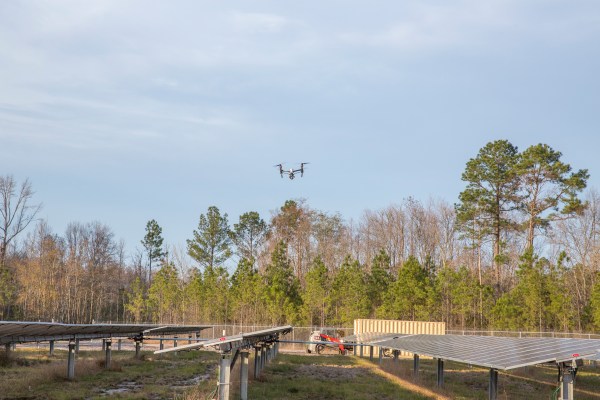Major power producer AES Corp. is ramping up the use of drones with an eye toward shielding workers from industry hazards. Rather than buy all their own unmanned aerial systems, they’ve engaged D.C.-based drone services provider Measure to get access to a more extensive fleet. Measure recently raised $15 million in venture funding.
According to its Vice President and Chief Technology Officer Chris Shelton, AES has flown drone missions in 10 countries. It also has a reasonable inventory of drones that it uses at power plants and projects. Working with Measure will allow AES to get newer and more drones on short notice, along with pilots to help run them, wherever they are needed.
Shelton said, “We find that using drones, we can reduce the number of hazardous hours that it takes to do certain types of maintenance. And we can also enhance the efficiency of the business.” According to the U.S. Department of Labor, workers in the electric power generation business face a range of hazards, from electrocution to falls, fires and explosions.
Using drones, AES employees can remotely inspect a tower or transmission line, for example, and gather high-resolution data about what’s going on there, without having to scramble up scaffolding. AES also uses drones for inspection of solar panels, alleviating workers of a need to walk vast fields taking precise measurements.
Last year, AES ranked among America’s biggest water and air polluters, according to two separate studies by the Political Economy Research Institute at the University of Massachusetts, and a Center for Public Integrity investigation, respectively. Hopefully, the company will find ways to put drones and data to work reducing carbon and chemical emissions affiliated with energy production and distribution.
Although AES employs 21,000 people and operates in 17 countries, its drone use near-term will focus around power plants and projects in the U.S. and Latin America, Shelton said. Based in Arlington, Va., AES started using drones a couple of years ago when the available drone technology had advanced beyond RC’s and flying cameras to include new mapping and sensing capabilities.
